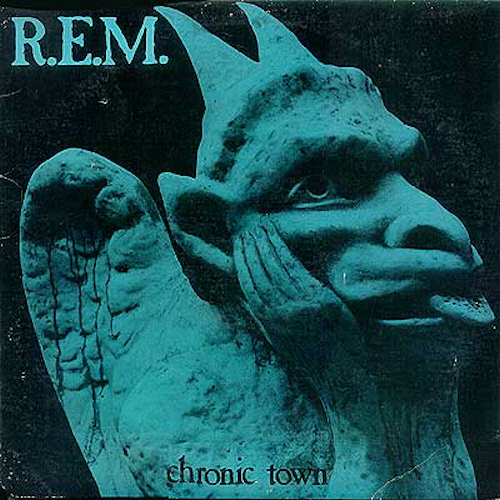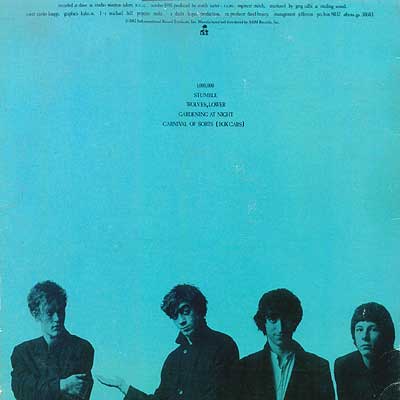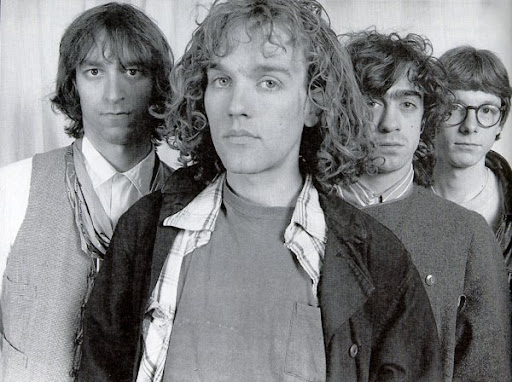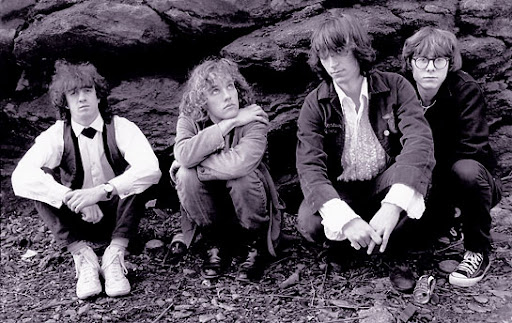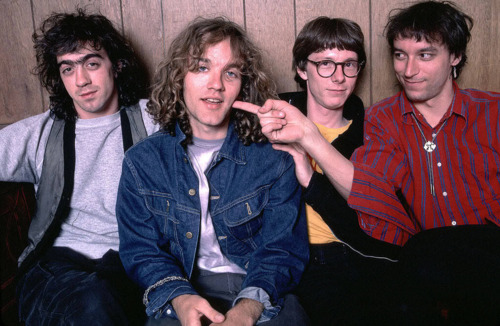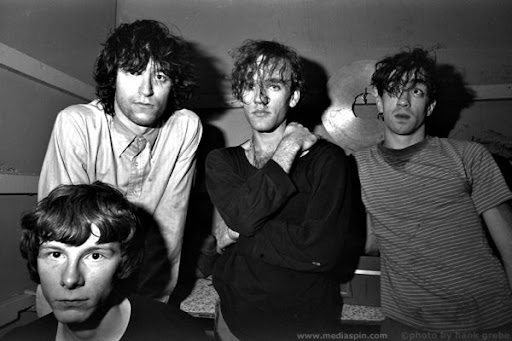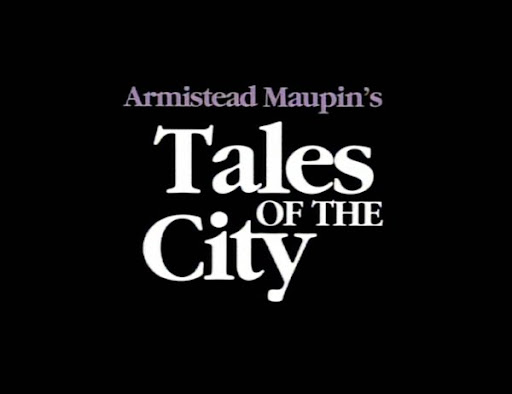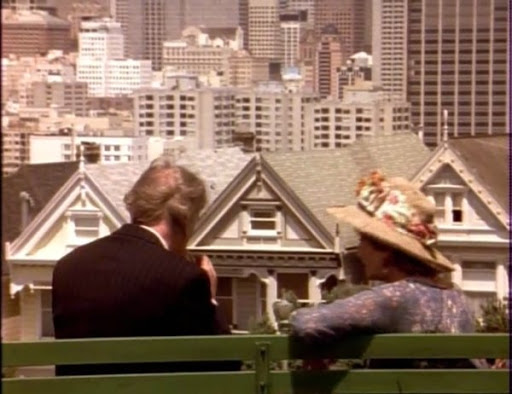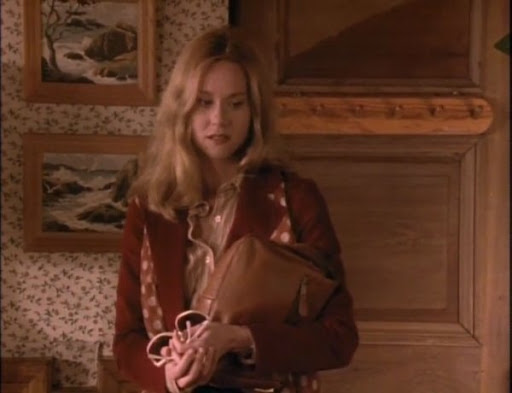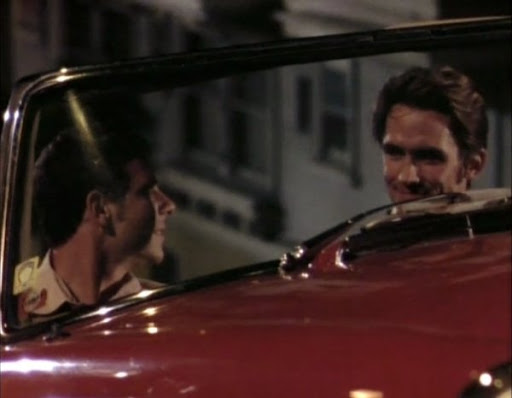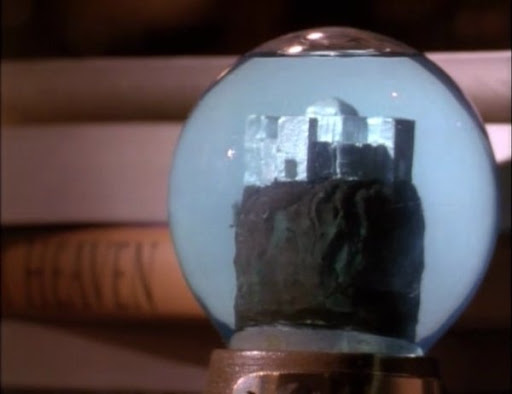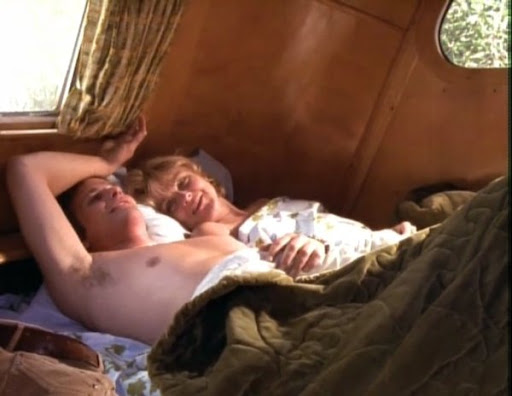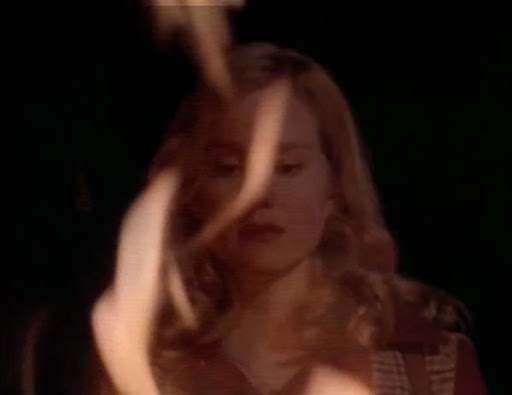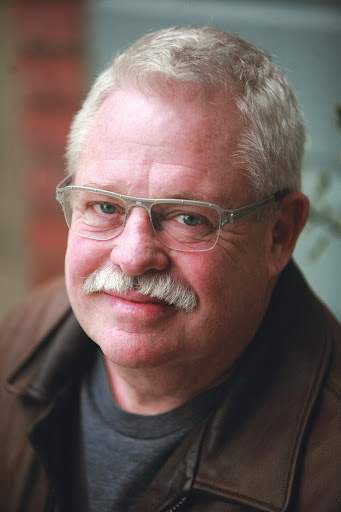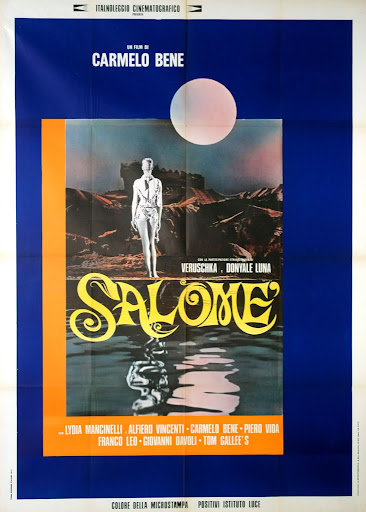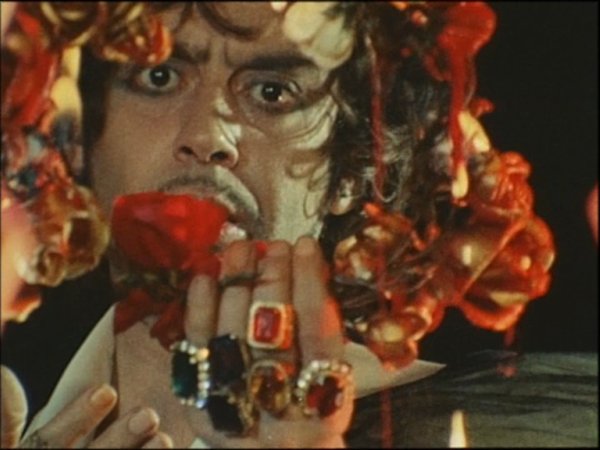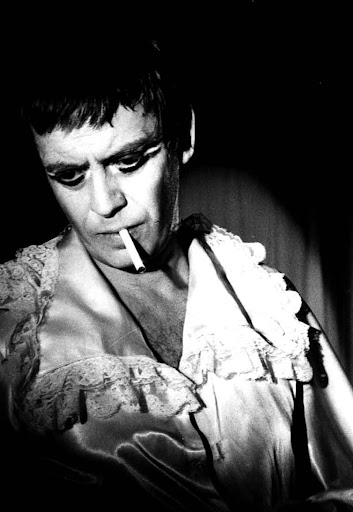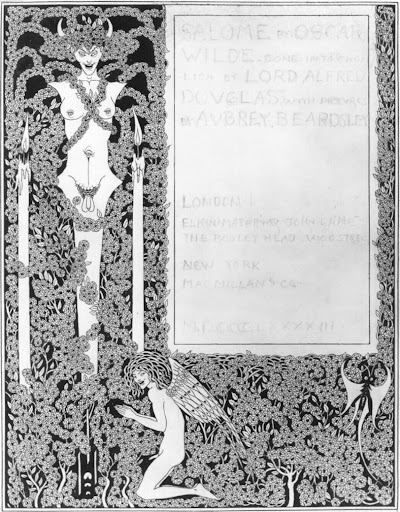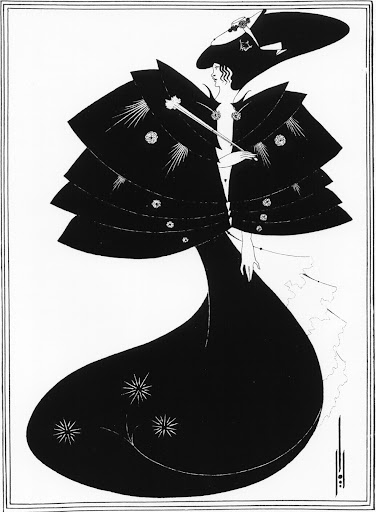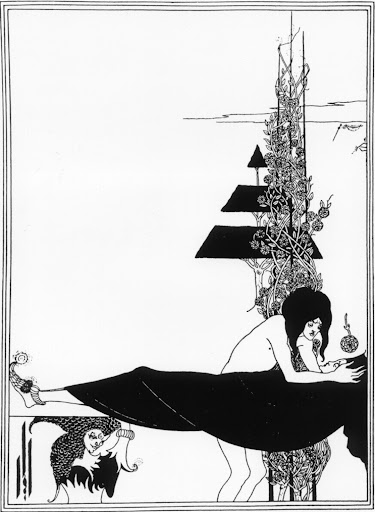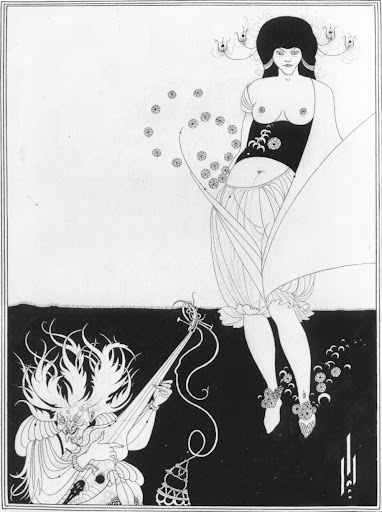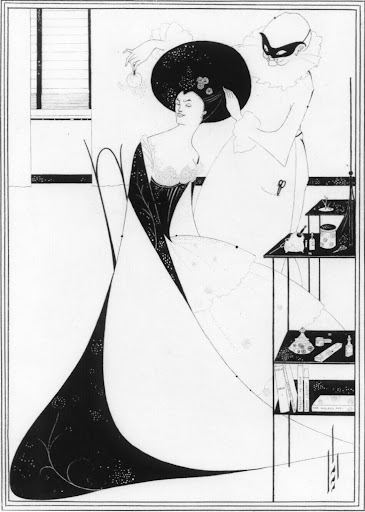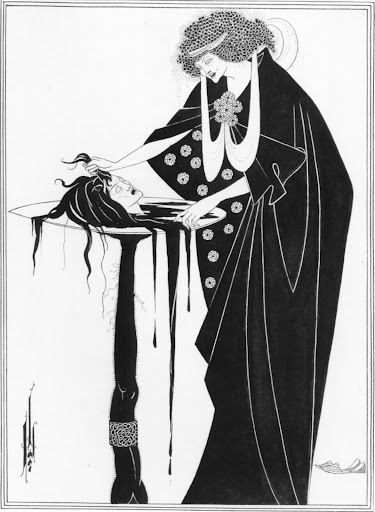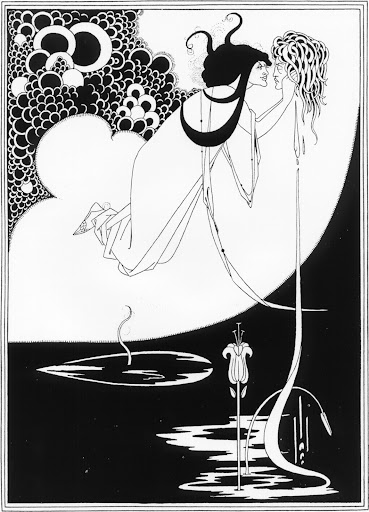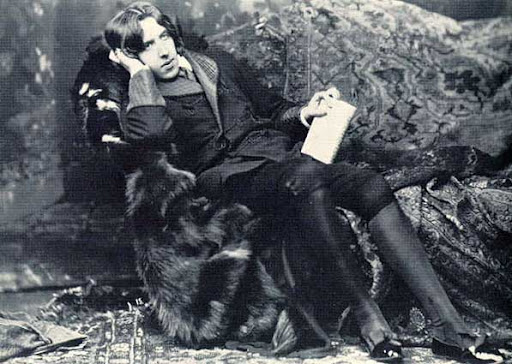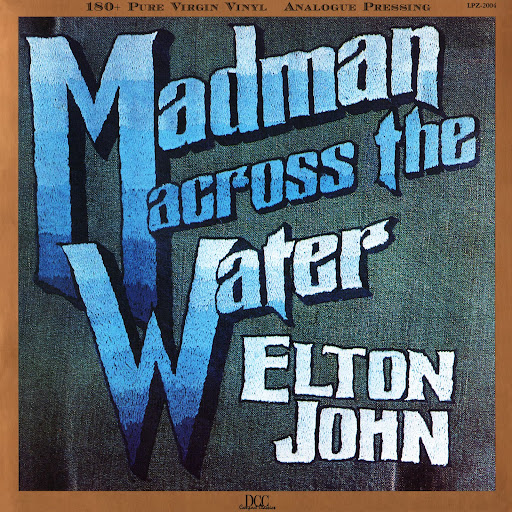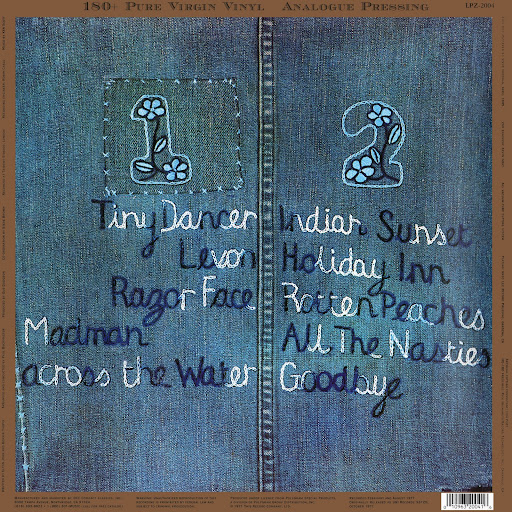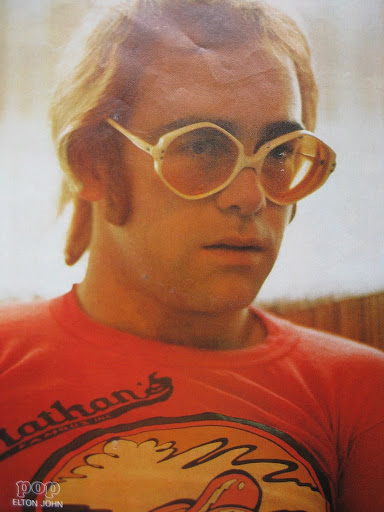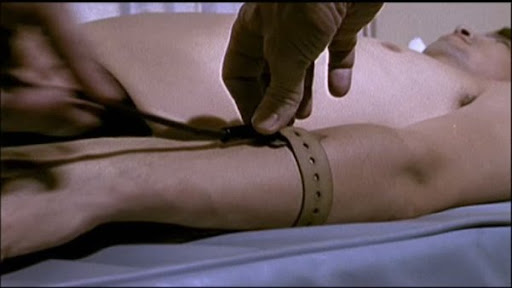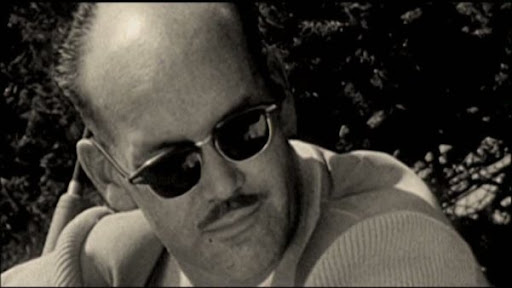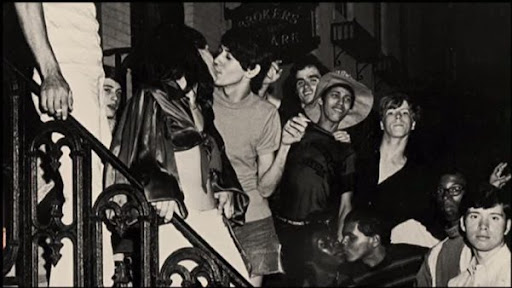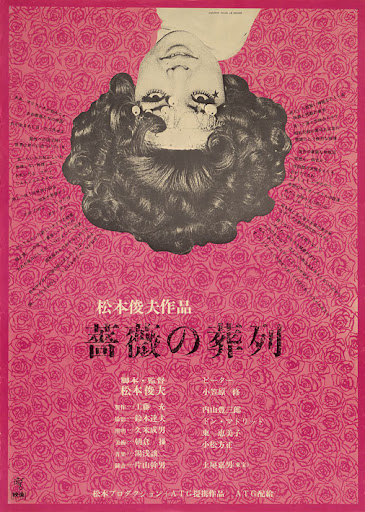
Here's some more late 60's Japanese New Wave that fits so nicely with G-A-Y Day(s). You know, the same old story of the marginalized and "lowest of the low" of our society being beat down till they can't take it anymore. Rinse, repeat.

From Jasper Sharp at
Midnight Eye:Looking back at it from the light of the early twenty-first century, one of the most astonishing things about Funeral Parade of Roses is just how little seen it has been. This in itself is something of an enigma. It's not like the title is unknown outside of Japan, having been pretty extensively discussed in books like David Desser's Eros Plus Massacre and Noel Burch's To the Distant Observer. But I was really amazed given its international reputation to learn that Eureka's DVD release actually represents the first of any kind for the foreign home video market. One can only hope that the belated rectification of this grave oversight will serve in some degree to hoist its director Toshio Matsumoto's name up to a higher level on the totem pole of internationally visible filmmaking greats than it hitherto has been and lead to more widespread releases of his other films. Because on the evidence of this kaleidoscopic view of Tokyo's vibrant gay countercultural scene of the late 60s, his work represents something of an undiscovered treasure trove for the Western viewer.
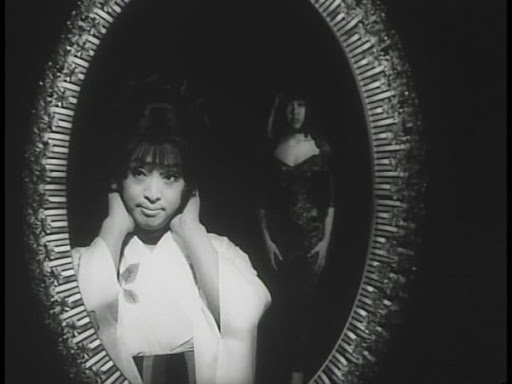
Just to put the name into context, Matsumoto was born in Nagoya in 1932 and rose to become one of the key players in the early Japanese experimental scene with short films like Silver Ring (Ginrin, 1955), the 18-minute documentary on the renewal of the US-Japan security pact Ampo Jouyaku (1959), 300 Ton Trailer (1959), Record of a Long Wide Line (Shiroi Nagai Suji no Kiroku, 1960) and Magnetic Scramble (1968). Many of these early works have been recently made available for the first time in Japan in the three-volume box-set Toshio Matsumoto Experimental Film Works 1961-1987.
Funeral Parade of Roses is his first feature-length work, and was made possible through the support of the Art Theatre Guild, who produced and distributed the film. Though the following decades have seen Matsumoto continuing to practice within the fields of experimental cinema and video installation, subsequent theatrical features, which include Pandemonium (Shura, 1971), A 16-Year-Old's War (Juroku-sai no Senso, 1972) and Dogura Magura (1988), have been rather thin on the ground.

The experimental background is very much in evidence in his first feature. Trying to explain the pleasures of such a scrambled impressionistic piece as Funeral Parade of Roses in plot terms is a pretty fruitless exercise, although the disjointed narrative does reach fever pitch in the latter moments, with developments inspired by the ancient legend of Oedipus Rex so succinctly described in the dark ditty written by 50s American singer/satirist/maths professor Tom Lehrer: 'There once lived a man called Oedipus Rex / You must have heard about his odd complex / His name appears in Freud's index / Because he loved his mother ...'
Those aware of the mythological underpinnings of Freudian theory might have some inkling as what to expect in the gruesome closing scenes. While these in themselves go some way in giving those attempting to sum up the essence of this work in a few choice phrases something to hang their hats on, the net effect of the film is considerably more substantial than such a dime-store Freudian denouement might suggest.

This is as much due to the freak charismas of those in front of the camera as the talent of the director behind it. Admirably carrying the main weight of the drama on his shoulders among a cast predominantly made up of non-professionals and counter-cultural mini-celebrities is a player known solely as Peter. According to an incredibly youthful looking Matsumoto on the on-disk interview, he was scouted especially for the part while working as a transvestite bar hostess in Roppongi. One can immediately see how he caught the filmmaker's eye: Peter, who subsequently played the Fool in Akira Kurosawa's Ran and turned up in several other films during the 70s (the most familiar mainstream appearance perhaps being the 1970 entry of the long-running Shintaro Katsu vehicle Zatoichi, Fire Festival), certainly has all the right moves, not to mention a doe-eyed vulnerability and the ability to project a potently polymorphous form of sensuality that belies his gender. It would be difficult to imagine the film with anyone else in his high heels. In the role of the androgynous bar worker Eddie, Peter wrestles with inner demons while jostling for the affections of drug-dealing cabaret-manager Gonda (Tsuchiya; one of the few professionals in the cast with several roles behind him in Kurosawa films such as The Seven Samurai and Throne of Blood) with rival cross-dresser Reda (Ogasawara) and taking centre stage in a documentary being made about Tokyo's gay culture.
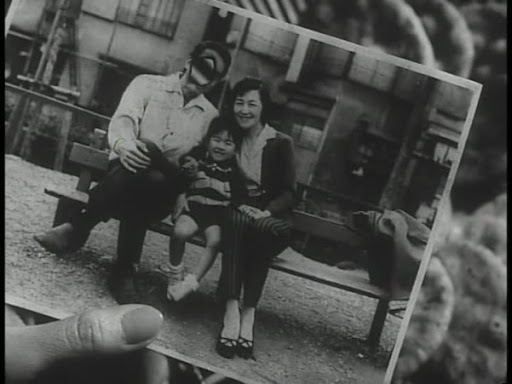
The story really remains only a ruse for a work that is best seen as a fascinating reflection of a long-vanished place and time, caught in a cross-current of international pop-cultural styles and influences and not dissimilar to what was going on in similar circles in other far-flung parts of the world. The colourful underground milieu, populated by a rag-tag collection of cross-dressers, bohemians, druggies and drop-outs, bares easy comparisons with the environment fostered by Andy Warhol and his disciples at his Factory studio in New York - at one point the American underground film scene is explicitly mentioned when one of the characters quotes Jonas Mekas (though another has to correct the mispronunciation of Mekas' name.) The exuberant costumes and pop-art sensibilities recall all the excesses of the European swinging 60s scene as celebrated in William Klein's kitsch cult oddity Who Are You, Polly Magoo? (1966), and it is rumoured that Matsumoto's false-eyelashed protagonists served as the inspiration for Kubrick's A Clockwork Orange. Finally the experimental melange of dramatised sequences and documentary footage assembled in a cocktail of freeze frames, onscreen text, sped-up sequences, solarised or over-exposed shots, distorted wavering news footage filmed directly from TV and stroboscopic cross-cuts immediately puts one in mind of the French New Wave.
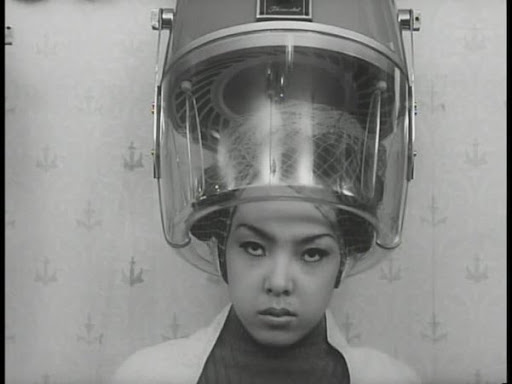
I offer these foreign examples primarily as descriptive points of reference. While Matsumoto readily acknowledges the early impact of nouvelle vague director Alain Resnais on his work, Funeral Parade of Roses amounts to much, much more than the sum of its influences. And anyway, though its focus on experimental filmmaking technique is very much in keeping many of the other films produced by the Art Theatre Guild - typically those of Nagisa Oshima, Shohei Imamura, Masahiro Shinoda, Susumu Hani and Kiju Yoshida - Matsumoto's film never quite seems like the dry meta-textual exercise in formalism of some of his contemporaries. It also boasts its more playful moments, for example Reda and Eddie's under-cranked showdown, alongside its more poignantly tragic dimension revealed through flashbacks to Eddie's traumatic fatherless childhood.
Technical Information:
Title: 薔薇の葬列/Bara no Sōretsu/Funeral Parade of Roses
Year: 1969
Country: Japan
Director: Toshio Matsumoto
Source: Retail DVD5
DVD Format: NTSC
Container: .iso+mds
Size: 4.35 GB
Length: 01:44:45
Programs used: ImgBurn
Resolution: 720x480
Aspect Ratio: 1.33:1
Video: MPEG2 @~ 5800 kb/s
Frame Rate: 29.97 fps
Audio Channel 1: Japanese- Dolby AC3 Stereo @ 384 kb/s
Audio Channel 2: Japanese Commentary- Dolby AC3 Stereo @ 384 kb/s
Subtitles: English, English Commentary
Menu: Yes
Video: Untouched
DVD Extras: Director Interview, Japanese Trailer, Poster Gallery

(Use
JDownloader to speed up downloading and avoid file stalls.)
Funeral Parade of Roses Megaupload Link
